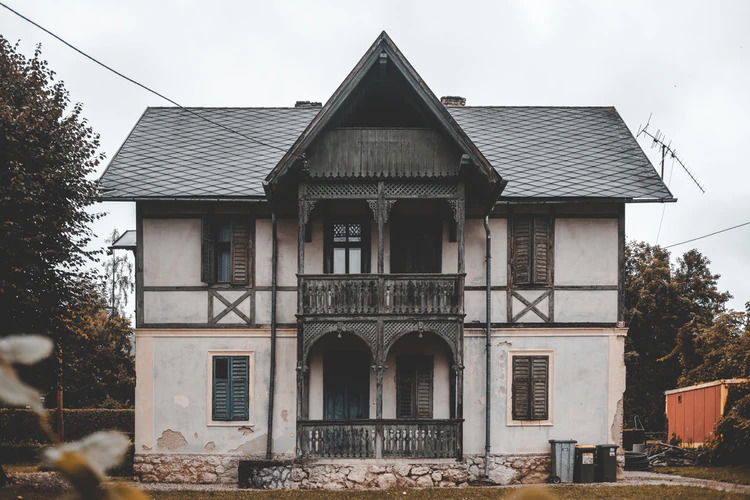
There’s something to be said about the charm an old house can bring. Many of them may have a historical background and a story behind them, adding more charm and uniqueness. There’s also a lot to be said about poor foundations, busted pipes, unstable roofs and outdated wiring that old houses tend to have.
If you’ve got your eyes set in an old house, then there are a few things on the to-do-list before you actually move in. It wouldn’t be an old house unless it does have quite a bit of sturdiness to it, but that doesn’t mean you can just move in and get comfy as you would with new construction. So here are 5 important tasks to get done.
This is probably the first thing you have to do. It’s important and serious at the same time. Water damage will always have long-term effects like dry rot and can cause serious structural problems. Check the ceilings, floors, and areas near windows. Also check the sill plate, the bottommost horizontal component of the structure that runs around the entire foundation. The entire vertical structural supports for the house are attached to the sill plate. Because it’s located close to wet grounds, it’s most vulnerable to water damage. It’s what can cause floors to be crooked or slanted. Part of the charm might be in crooked floors, so as long as there’s no damage to the actual structure, you can keep them crooked.
Most likely an old house will have outdated wiring and electric systems, which can be a safety hazard. During a renovation, check these systems and also for the sake of ensuring that you will have ample electricity for the TV, wifi, and other devices and appliances. We literally live in a connected world, with more electrical devices being used than ever before. So, the wiring in the house will likely need updating and that means setting aside a budget just for that.
It’s almost a sure thing that pests and old homes go hand in hand. Older houses weren’t built with the same construction standards as they’re built today. Another issue is that older homes are part of older municipal infrastructures and are typically surrounded by other older homes. These factors add to a potential pest problem. One of the big dangers for an older home is additions or improper modifications to a property. If you build a patio or another room without having a termite treatment done to that area, then that ground has been compromised and could breed pests. This absolutely means that you want to seek professional help when it comes to pest control. Discovering a pest problem after you’ve done major fixing or renovations is extremely costly and it’s crucial to take action before an invasion of pests ensues.
Not every crack means the structure is going to collapse! It doesn’t even mean the structure is weak, but cracks of all kinds have to be checked to ensure it’s not affecting the structure. The good news is that most house cracks aren’t structural. You want to be looking for cracks that have a certain pattern or are expanding. Ceiling cracks that run across the ceiling to the wall and then down the wall, cracks running diagonally across the ceiling; wide cracks and areas that have a number of cracks are warning signs that the cracks are more than just hairline cracks. If accompanied by sloping floors, or roof sagging then you need to have professionals check that.
Most of the time, the roof will have broken or missing shingles. Roof repair or buying a new one is going to be one of the more costly expenses for a home. To break it down, the approximate cost will be 55% for materials, 35% for labor, 5% for disposal of an old roof, and 5% for job site extras. If the roof is at least 20 years old, chances are high that you might need a new one. On the bright side, roofing materials now should extend the lifespan of a roof to around 30 years.

The point in purchasing an old home, and renovating it is not to make it look brand new. It’s about keeping the old charm while making sure it’s a safe environment for you and your family to live in. To achieve that can be a daunting job, but one where you can always find professionals to help you in the most important aspects of your new, old house.









